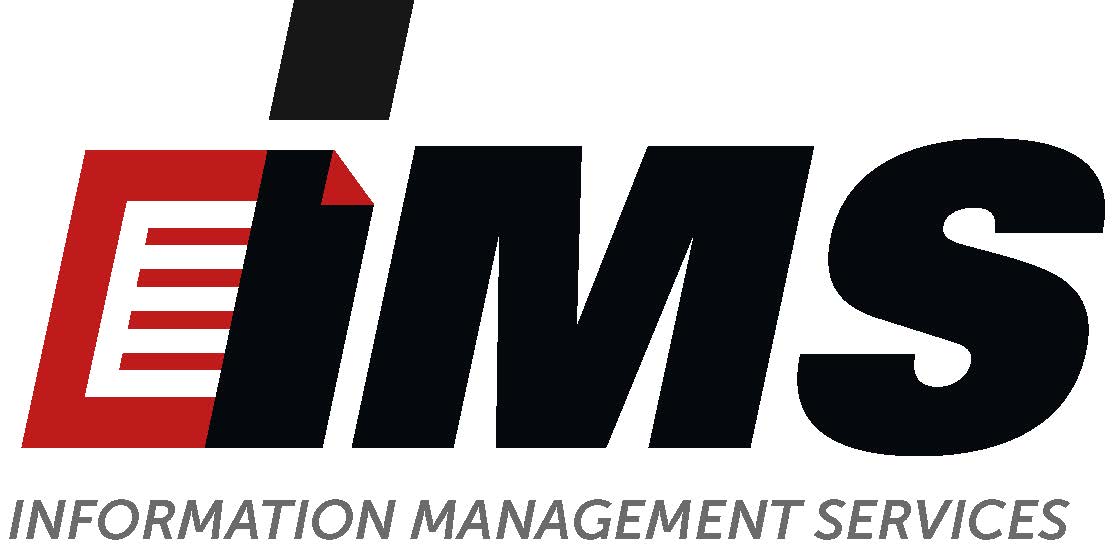The most difficult to find skills this summer are those in emerging and growing technology areas, including artificial intelligence, business process automation and the Internet of Things.
That is the finding of a major new technology jobs report from CompTIA entitled “Assessing the Skills Gap.” The study looks at the experience of organizations hiring for critical IT positions, what organizations are doing with technology, and the impact that any skills gaps has on the industry.

Setting the stage for the findings is the fact that nearly half (46 percent) of all organizations believe the skills gap for top tech job areas is getting worse, and will continue to do so. Furthermore, only one-third of organizations believe they have any sort of process in place to address the problem.
Topping the list of the largest skills gap – the difference between the demands for certain skills and the supply of talent that has those skills – are the emerging and growing technology areas as noted above. This isn’t really surprising, since emerging technologies of any kind always outpace experience workers with those skills, until the workforce can play catch-up to some degree.
Tied with emerging technologies were skills for integrating different applications, data sources, platforms and devices, at 59 percent of respondents. Closely behind was cloud infrastructure and cloud application skills, at 57 percent, and digital business transformation skills or skills for modernizing legacy hardware or software.
Click to read more about the hardest skills to find

 The internet of things (IoT) is gaining momentum around the world, with 92% of large organisations putting the technology as the top priority in their digital transformation efforts.
The internet of things (IoT) is gaining momentum around the world, with 92% of large organisations putting the technology as the top priority in their digital transformation efforts. 
 Last October, Microsoft's Digital Crimes unit warned that two-thirds of consumers had experienced, but not necessarily fallen victim to, a tech support scam in the preceding 12 months.
Last October, Microsoft's Digital Crimes unit warned that two-thirds of consumers had experienced, but not necessarily fallen victim to, a tech support scam in the preceding 12 months. 

 The health and wellness services division of Washington State University in Seattle has experienced a major breach of protected health information, but the extent of the incident is not yet clear. On April 21, the university discovered that a hard drive was stolen from a locked safe. The hard drive held back-up files from a server used by the Social and Economic Sciences Research Center.
The health and wellness services division of Washington State University in Seattle has experienced a major breach of protected health information, but the extent of the incident is not yet clear. On April 21, the university discovered that a hard drive was stolen from a locked safe. The hard drive held back-up files from a server used by the Social and Economic Sciences Research Center.